Rewilding is an ambitious conservation approach aimed at restoring and protecting natural processes and core wilderness areas. One of its most compelling and controversial concepts is the reintroduction of apex predators, such as lions and tigers, into landscapes where they have been extirpated. These charismatic species not only captivate the human imagination but also hold critical ecological roles in maintaining biodiversity and ecosystem stability. The rewilding of lions and tigers raises important questions about our readiness to share space with these majestic yet formidable predators.
Historical Context: The Decline of Lions and Tigers

Historical records indicate that lions and tigers once roamed extensively across the globe, from the savannas of Africa to the dense forests of Asia. However, over the past few centuries, human activities, including hunting and habitat destruction, have driven these big cats to the brink of extinction in many areas. The shrinking populations have caused significant disruptions in the ecosystems they once dominated, leading conservationists to consider rewilding as a viable strategy to restore ecological balance.
The Case for Rewilding Lions and Tigers

Lions and tigers play crucial roles as apex predators, maintaining the health and balance of ecosystems. By controlling herbivore populations, they prevent overgrazing and promote plant diversity. Reintroducing these predators can help rehabilitate degraded landscapes, enhance biodiversity, and restore natural processes. The presence of top predators can also contribute to climate change mitigation by fostering healthier, more resilient ecosystems.
Challenges of Rewilding Predators
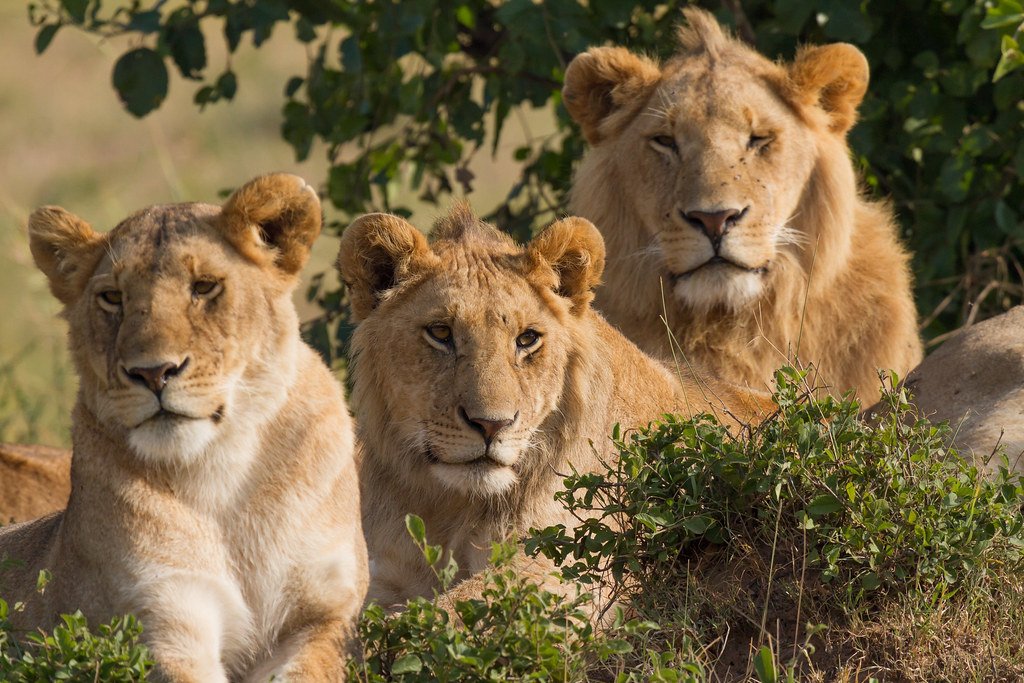
Despite the potential benefits, rewilding poses significant challenges. Chief among them is the potential conflict between humans and predators. As we expand our agricultural lands, urban centers, and grazing areas, the overlap between human and wildlife territories increases. Ensuring the survival of rewilded species without endangering human populations or livelihoods necessitates careful planning, public engagement, and robust conflict mitigation strategies.
Potential Risks to Human Populations
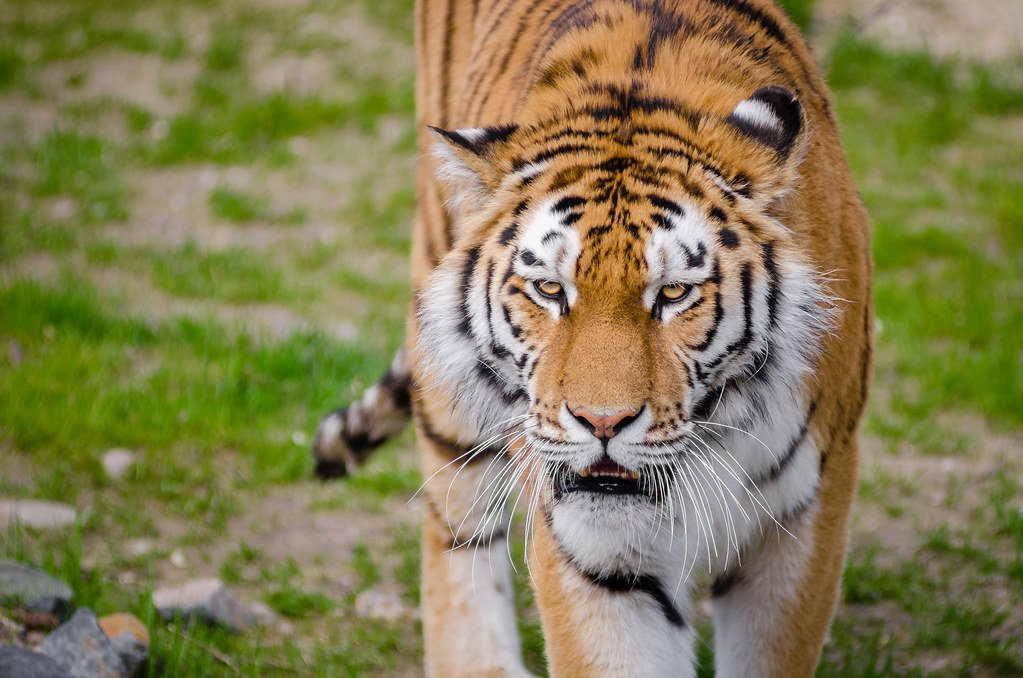
The prospect of sharing space with apex predators such as lions and tigers can be daunting. These animals, while essential to ecosystems, can pose direct threats to human life and livestock. Ensuring safety requires comprehensive education programs, community involvement, and the development of physical barriers or deterrents to minimize potential encounters and mitigate risks.
Ethical Considerations
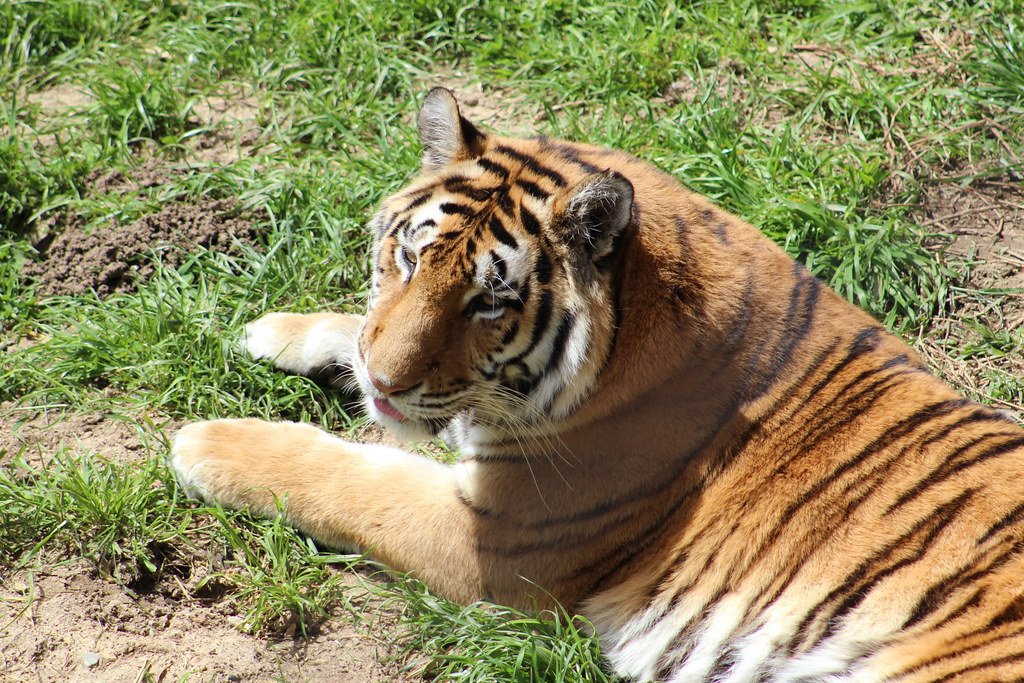
The ethics of rewilding are complex, involving the welfare of both human and non-human stakeholders. While there is a moral impetus to restore species that humans have driven out, the potential displacement and fear experienced by local communities must be addressed. A responsible rewilding project balances these ethical concerns, ensuring that both ecological integrity and human rights are maintained.
Learnings from Successful Rewilding Projects

Rewilding initiatives for other predators, such as wolves in Yellowstone National Park, offer valuable insights. The reintroduction of wolves has led to significant ecological benefits, demonstrating the transformative power of predators in an ecosystem. These successes underscore the importance of robust planning, stakeholder engagement, and adaptive management strategies in rewilding projects.
Technological Aids in Rewilding Efforts
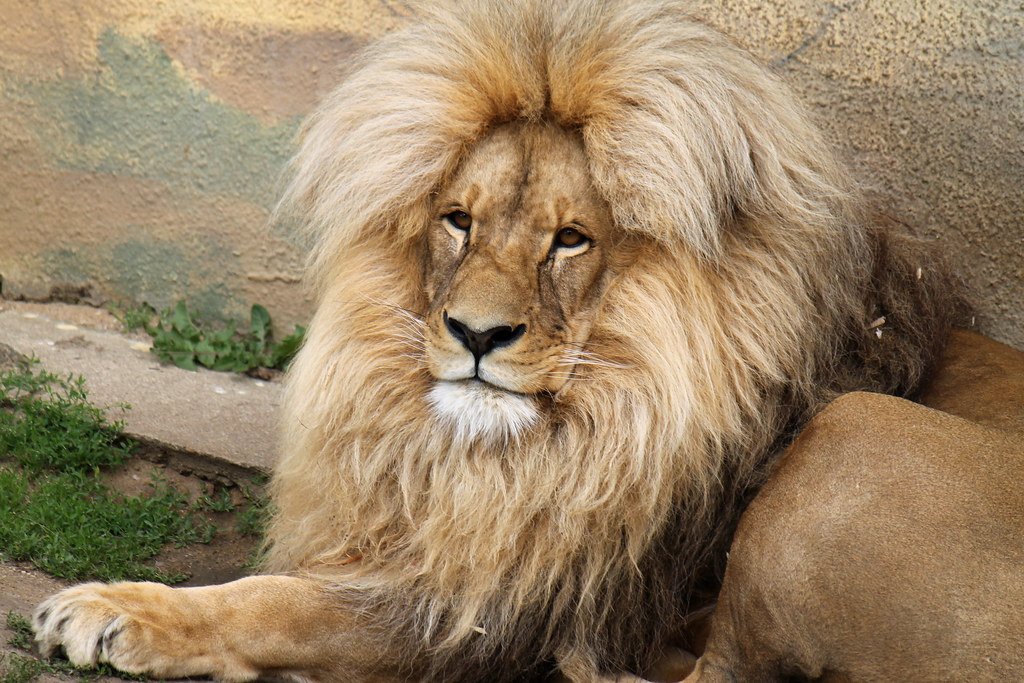
Advancements in technology provide new tools to support rewilding efforts. GPS collaring, drones, and remote monitoring allow conservationists to track and study the behavior and impact of reintroduced predators. These technologies facilitate more informed and dynamic management, increasing the likelihood of successful rewilding outcomes while ensuring safety for humans and wildlife alike.
Engaging Communities and Stakeholders
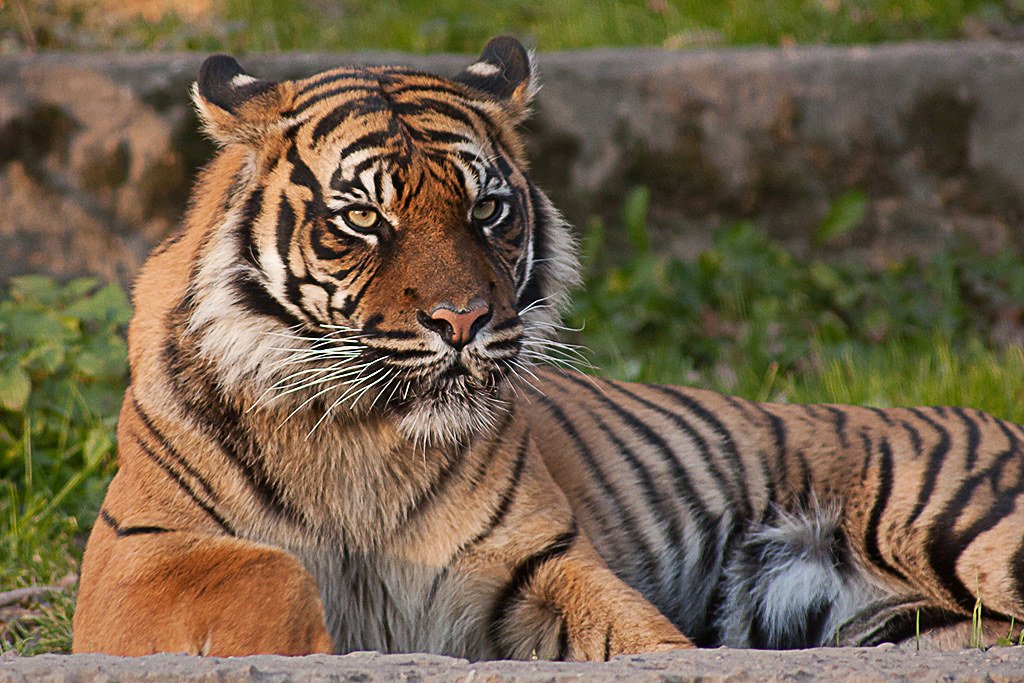
Successful rewilding hinges on the active participation of local communities and stakeholders. By involving these groups from the outset, conservationists can build trust and collaboration. Educational programs, incentives, and open dialogues help align conservation goals with local livelihoods, turning potential resistance into enthusiastic support for rewilding initiatives.
Conclusion: Are We Ready?
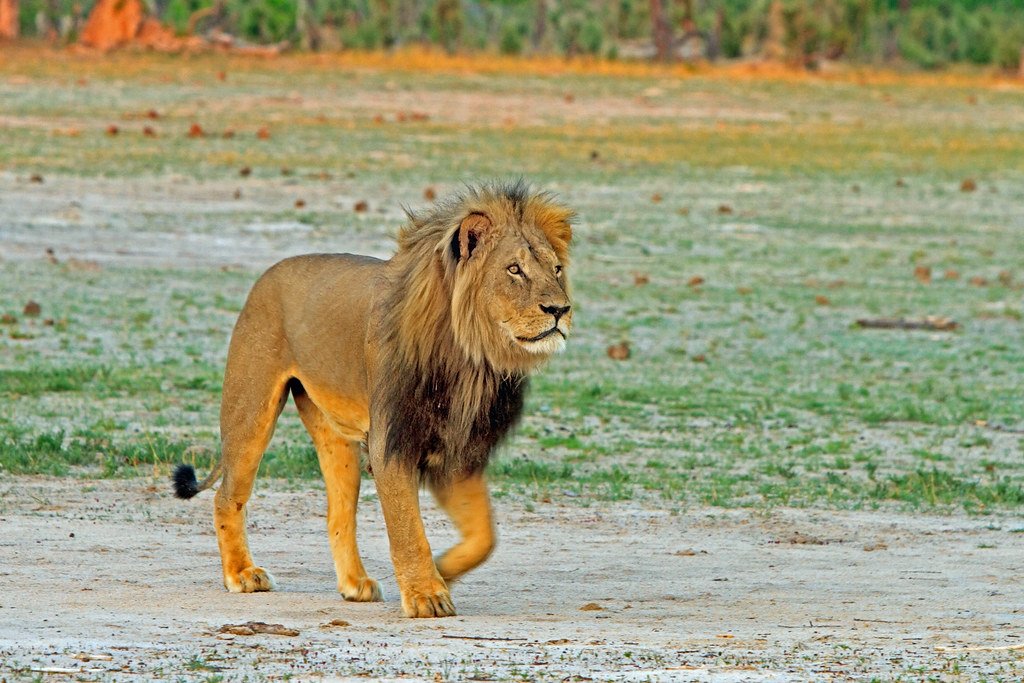
The rewilding of lions and tigers challenges our readiness to coexist with powerful predators. While the ecological benefits are clear, the social and logistical hurdles are formidable. Comprehensive planning, technological support, and active community involvement are critical to navigate these challenges. Ultimately, the success of such bold conservation efforts depends on our willingness to adapt and share our planet with its rightful inhabitants, fostering a more balanced and sustainable future for all species.
Hi, I’m Bola, a passionate writer and creative strategist with a knack for crafting compelling content that educates, inspires, and connects. Over the years, I’ve honed my skills across various writing fields, including content creation, copywriting, online course development, and video scriptwriting.
When I’m not at my desk, you’ll find me exploring new ideas, reading books, or brainstorming creative ways to solve challenges. I believe that words have the power to transform, and I’m here to help you leverage that power for success.
Thanks for stopping by, Keep coming to this website to checkout new articles form me. You’d always love it!





